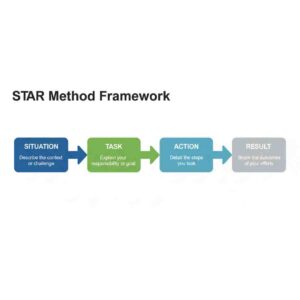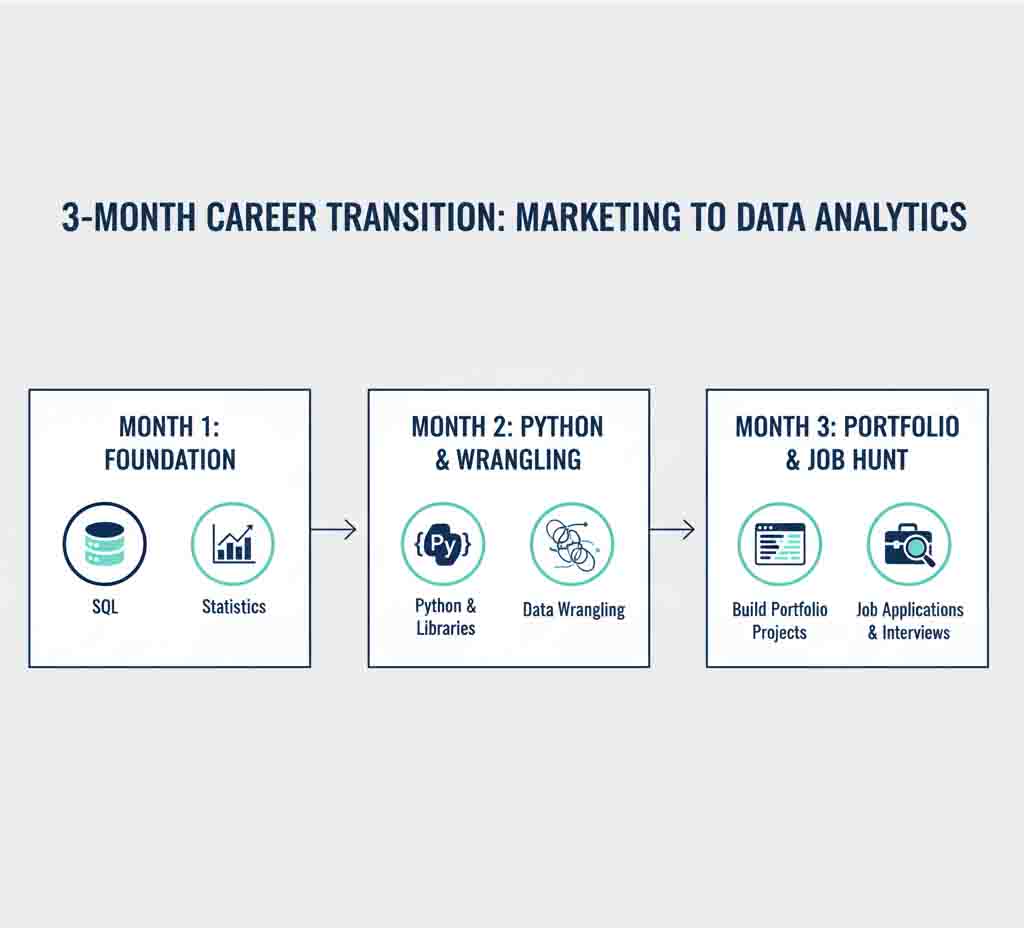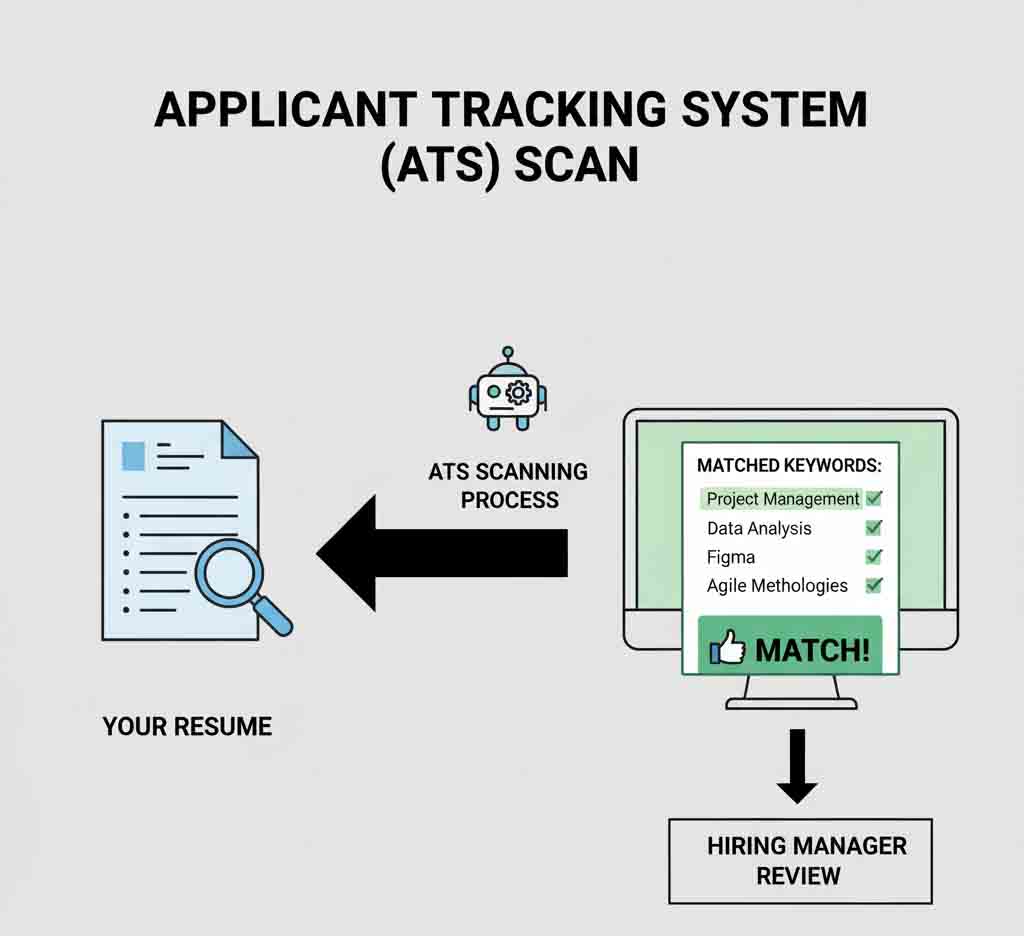Your Complete Guide to Acing Behavioral Interviews
Introduction
During job interviews, many candidates focus heavily on their technical skills or resume details, only to struggle when asked to describe past experiences. Behavioral interviews are designed specifically to understand how you’ve handled work situations in the past, as this is considered one of the best predictors of future performance. This guide will walk you through a proven method to structure compelling stories that demonstrate your value to potential employers.
Understanding Behavioral Interviews
Behavioral interviews focus on past experiences to predict future behavior. Instead of hypothetical questions (“What would you do?”), you’ll encounter questions about specific situations (“Tell me about a time when…”). This approach helps employers assess your problem-solving abilities, communication skills, and how you perform under pressure.
The STAR Method: Your Storytelling Framework
The STAR method provides a clear structure for your answers:
-
Situation: Briefly set the context (20-25% of your answer)
-
Task: Describe your specific responsibility or goal (10-15%)
-
Action: Explain the steps you took (50-60%)
-
Result: Share the outcomes and what you learned (15-20%)
Example STAR Response:
“I led a project team where we faced significant timeline pressure (Situation). My responsibility was to deliver the product update within 30 days while maintaining quality standards (Task). I implemented daily stand-up meetings to identify blockers early and reorganized tasks based on team strengths, which improved our workflow efficiency (Action). We launched 3 days ahead of schedule and received positive feedback from 92% of beta testers (Result).”

Preparation Strategy: The 5-Step Process
-
Identify Key Competencies
-
Review the job description and highlight required skills
-
Research common behavioral questions for your industry
-
Identify 5-7 core competencies the employer likely values
-
-
Develop Your Story Bank
-
Prepare 8-10 stories from different roles and contexts
-
Include various challenge types: successes, failures, conflicts, innovations
-
Focus on recent experiences (last 2-3 years) when possible
-
-
Practice Your Delivery
-
Time your responses (aim for 90-120 seconds per answer)
-
Practice aloud, not just in your head
-
Record yourself to check for clarity and confidence
-
-
Prepare for Common Questions
-
“Tell me about a time you failed”
-
“Describe a conflict with a colleague”
-
“How do you handle tight deadlines?”
-
“Give an example of leading without authority”
-
-
Final Preparation Tips
-
Research the company’s recent projects and challenges
-
Prepare 3-5 thoughtful questions for the interviewer
-
Gather specific data and metrics to quantify your achievements
-
During the Interview: Execution Tips
-
Listen carefully to the entire question before answering
-
Ask for clarification if needed (“Would you like me to focus on a specific aspect?”)
-
Use the STAR structure but keep it conversational
-
Be authentic – share genuine experiences, not perfect ones
-
Connect your stories to the role you’re applying for
Common Mistakes to Avoid
-
Being too vague: Use specific details and examples
-
Taking too much credit: Acknowledge team contributions when appropriate
-
Focusing only on successes: Showing how you learned from failure is valuable
-
Going over time: Practice concise storytelling
-
Memorizing answers: Prepare stories, not word-for-word scripts
Conclusion
Effective behavioral interview preparation requires more than just anticipating questions – it demands thoughtful reflection on your professional experiences and the ability to present them in a structured, compelling way. By developing your story bank using the STAR method and practicing your delivery, you’ll be prepared to demonstrate your qualifications confidently.
Official Data Source: U.S. Bureau of Labor Statistics (for context on employment trends and hiring practices)


